The 2025 Fulfillment Shift: How Amazon MCF Now Powers Shein, Walmart, and Shopify Orders
Reading Time: 11 minutesThe eCommerce shift you actually need to act on Multi-channel fulfillment has…
Holding in itself over 23 million people, Australia harbours a great market potential. In fact, the entire Asia Pacific region has been witness to the boom in online shopping in the past decade thanks to the rising popularity of multi-vendor marketplace and other ecommerce stores.
The cities of Melbourne, Brisbane and Sydney are the largest cities contributing a huge share in the total e-commerce in Australia.
Owing to its GDP per capita Australia stands 12th in the ranking for World’s Richest Countries according to World Bank. Ecommerce in Australia is expected to increase to USD 18.7 billion by the year 2020, at the projected growth rate of 9.87% per year. The Digital Shopper Penetration is currently at 62.58% and expected to reach 69% by 2020. The average revenue per user is USD 1,067.
Get Upto 45% OFF On B2C Advance Marketplace Extension. Hurry Now!
A study by Roy Moron states that 4 people out of 10 buy products from ecommerce stores at least once every month. A lot of preference has been attached to online shopping in the Australian region which is only bound to increase with every passing year.
Some interesting facts by statista are definitely worth looking into:
Home to around 4.69 million people New Zealand’s 50% population uses ecommerce. Ecommerce retail sales reached $3.42 billion in the year 2016. With close to 3 million active social media users there is no advocating for the use of the internet in the population of New Zealand as well.
Ecommerce is taking over the world and the North American region is no exception. In the present day online sales are largely taking over brick and mortar sales but the reverse is not true often. Till a few years back, the online shopping surge was seen specifically in times of holidays as opposed to today.
Deloitte conducted a survey where it asked U.S consumers how they planned to spend over shopping during the holidays and learned that, on average, 51% of a customer’s shopping budget will contribute towards online purchases.
In the United States, approximately 10% of sales are made on online ecommerce marketplaces, and the online market experienced a growth of 24% over a year, according to Slice, a U.S. market analysis company. Demonstrating the encouraging online shopping patterns of the population. The count in Canada is smaller at 7 percent, with an 18-per-cent growth over the span of a year, according to NPD Group, a market analysis company.
The reason to shop online is primarily the convenience for the customers and then comes the added advantage of having multiple product variants in online stores. The rapidly growing product assortment of ecommerce marketplaces and the presence of multiple sellers for the same items make online shopping an even more likable option.
The rising popularity of multi vendor marketplace platforms or usually referred to as multi vendor marketplaces were expected. Customers have always wanted continuously evolving experiences in shopping. Numerous, multiple product assortments, and several modes of payment all came packaged in a solution named an ecommerce marketplace platform. The shoppers grabbed the opportunity earnestly.
A multi vendor marketplace was not only beneficial for the customer but immensely profitable for the vendors as well. They are now showcasing their items to a larger audience and are able to achieve improved sales figures. Dedicated seller profiles for individual vendors help them form a clear understanding of their performance.
A vendor is now able to manage his products with great ease, is able to generate invoices, ship the products with the service provider of his preference and ensure effective last-mile delivery. Dedicated vendor profiles on multi-vendor marketplaces are allowing the vendors to sell like never before and also analyze their performance regularly.
Before finding the answers to the need for multi vendor marketplace platforms it is important to make sense of the idea itself. A multi vendor marketplace is one that gives a platform to multiple sellers to showcase numerous product variants from different brands on it. The marketplace owner or admin fixes a commission rate which the vendors are required to pay once they succeed with an order. The sellers can easily list their products on such ecommerce marketplace platforms and begin to sell without delay.
Nowadays there is a marketplace available for almost every material need. Varying in concepts and the type of products being sold, multi vendor marketplace platforms are ready to cater to all customer needs. Foodstore marketplaces, classifieds, booking marketplaces, grocery stores, you name it and there would be a marketplace based on that concept.
For vendors, a multi vendor marketplace is a highly advantageous concept in the sense that it provides a low-risk method of venturing into a new market and also helps gain business-critical insights.
CedCommerce offers the necessary technical solutions specifically made for building one such platform. These extensions come with a multitude of features to aid in the development of a rich multi vendor ecommerce marketplace. CedCommerce’s Magento 2 Marketplace extensions and add-ons are ready-made and reasonably priced solutions for building a website like Amazon. A marketplace armed with these features is undoubtedly going to possess the best in class features.
For building your own multi-vendor marketplace platform and to see what our satisfied customers have to say about us do visit: CedCommerce.
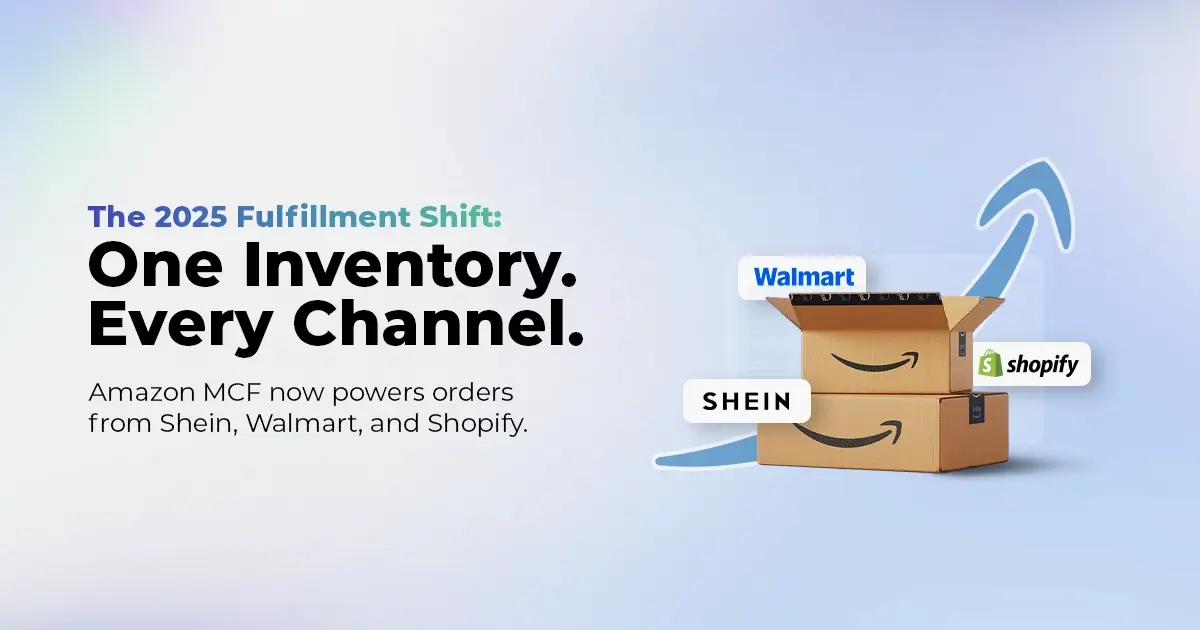
Reading Time: 11 minutesThe eCommerce shift you actually need to act on Multi-channel fulfillment has…
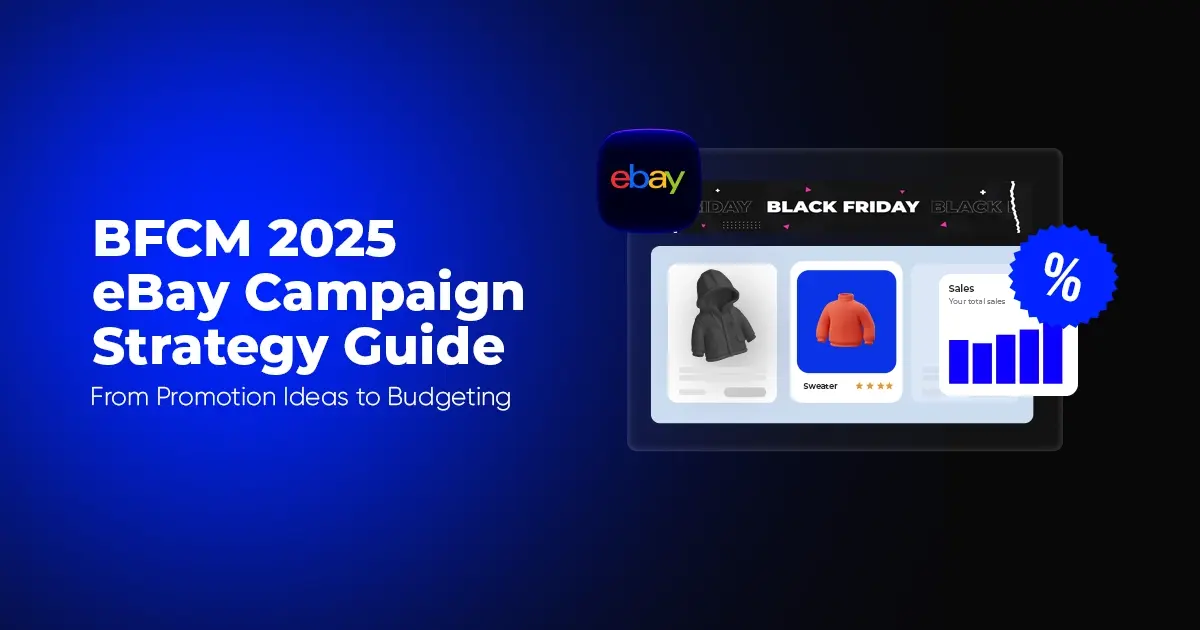
Reading Time: 10 minutesBlack Friday Cyber Monday (BFCM) isn’t a weekend anymore; it’s a two-month…
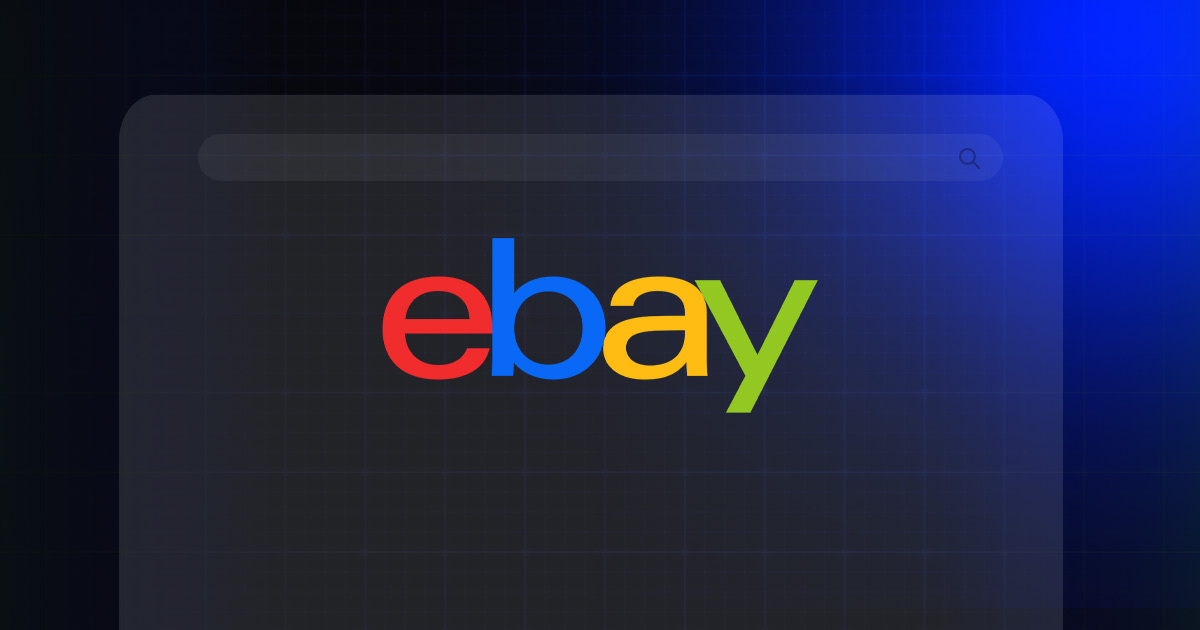
Reading Time: 2 minuteseBay is quietly testing a new feature that could reshape how buyers…
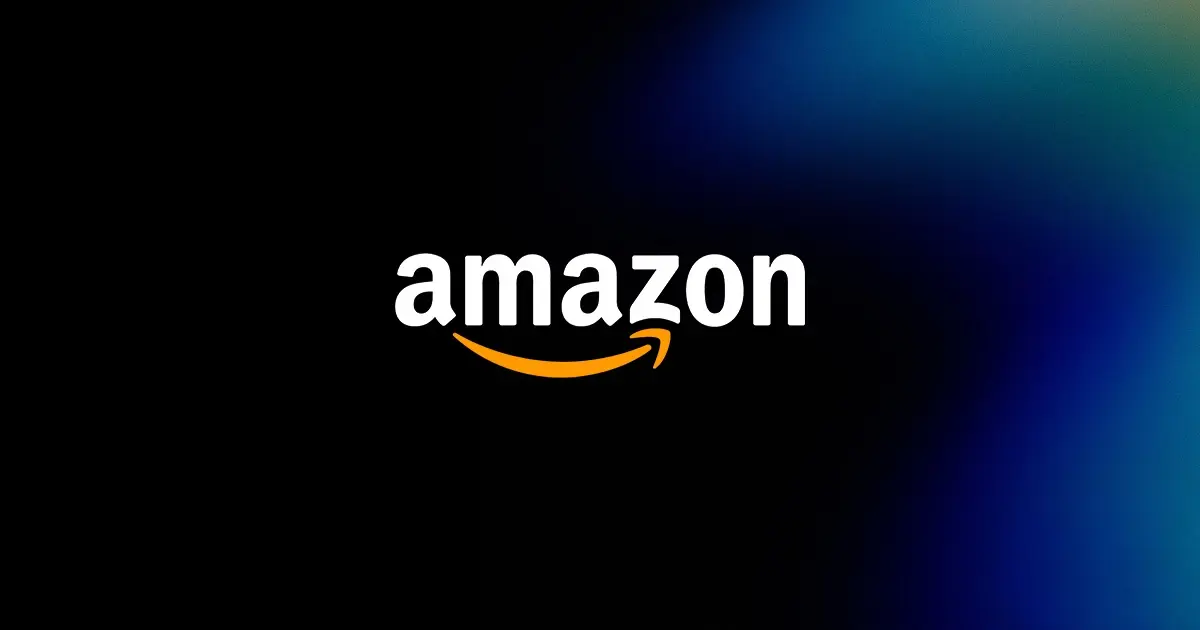
Reading Time: 2 minutesAmazon is stepping into a new era of value commerce with the…
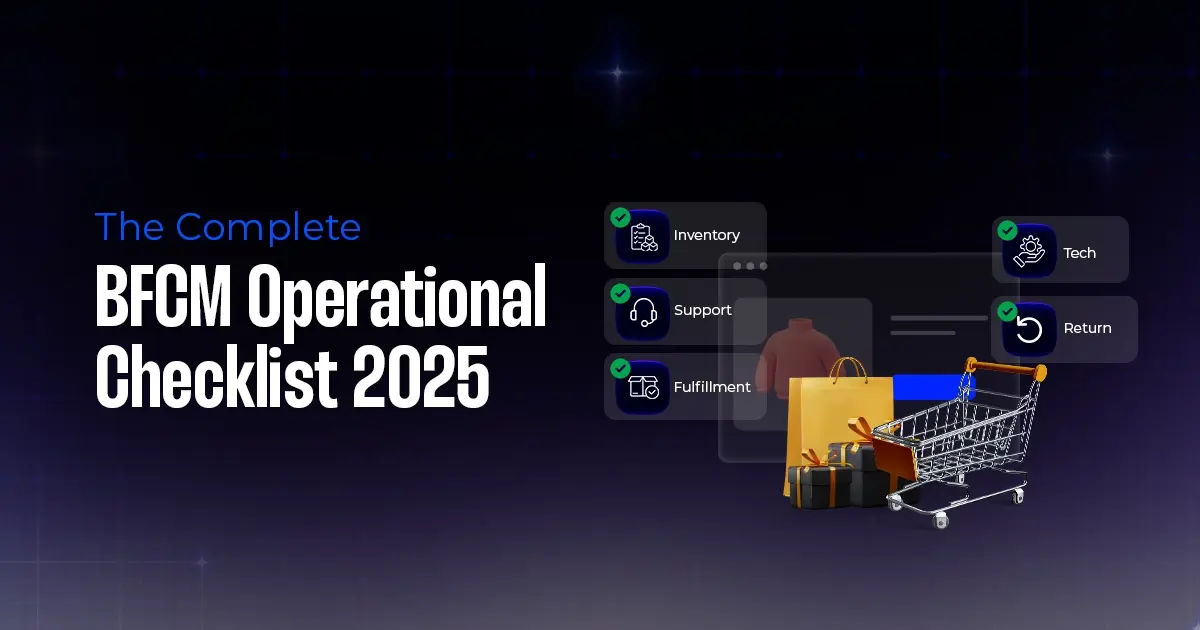
Reading Time: 11 minutesThe $240 Billion BFCM Opportunity & Why Operations Matter Every seller, business,…
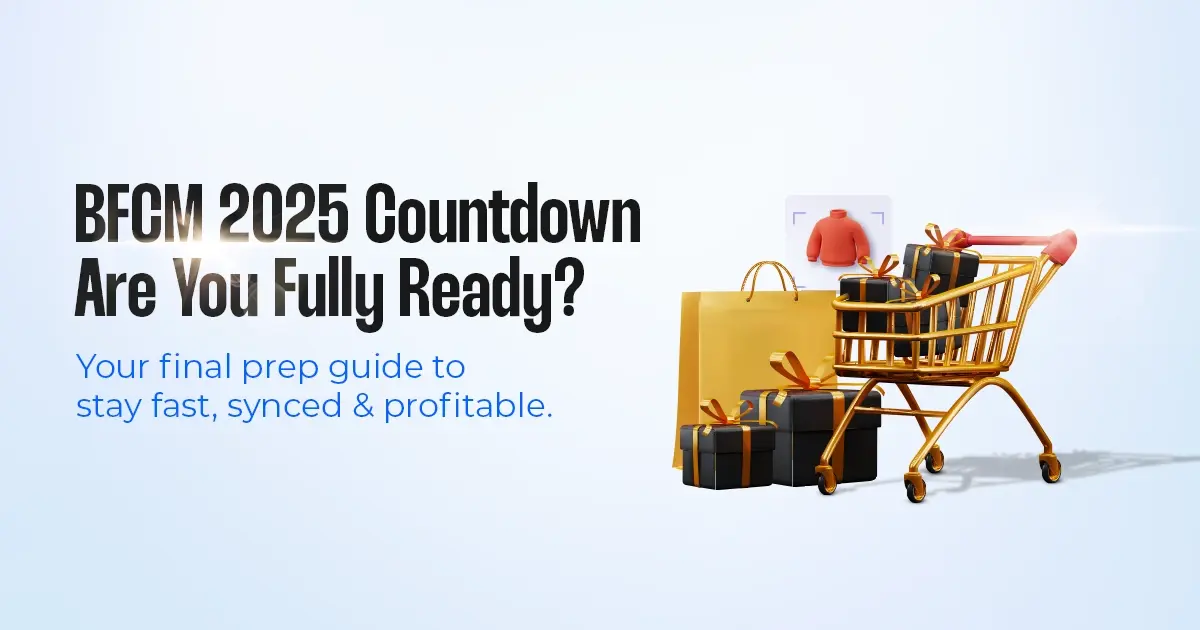
Reading Time: 7 minutesTL;DR — Your 60-Second BFCM Battle Plan Time remaining: 3 weeks until…

Reading Time: 2 minutesChina’s Double 11 shopping festival — the world’s largest annual online retail…

Reading Time: 2 minutesAs the holiday season approaches, TikTok Shop has released its September 2025…

Reading Time: 3 minutesIn a continued effort to enable sellers and stimulate new product launches…
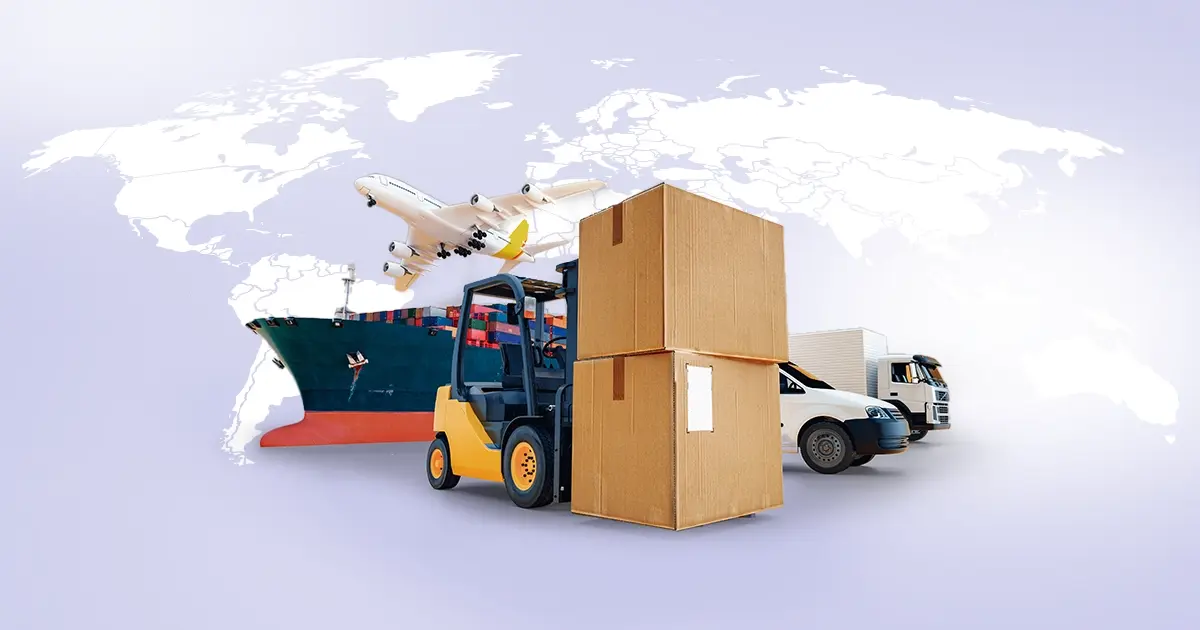
Reading Time: 2 minutesAs global trade enters a new phase of regulation and cost restructuring,…

Reading Time: 2 minutesOpenAI Turns to Amazon Web Services in $38 Billion Cloud Deal: What…
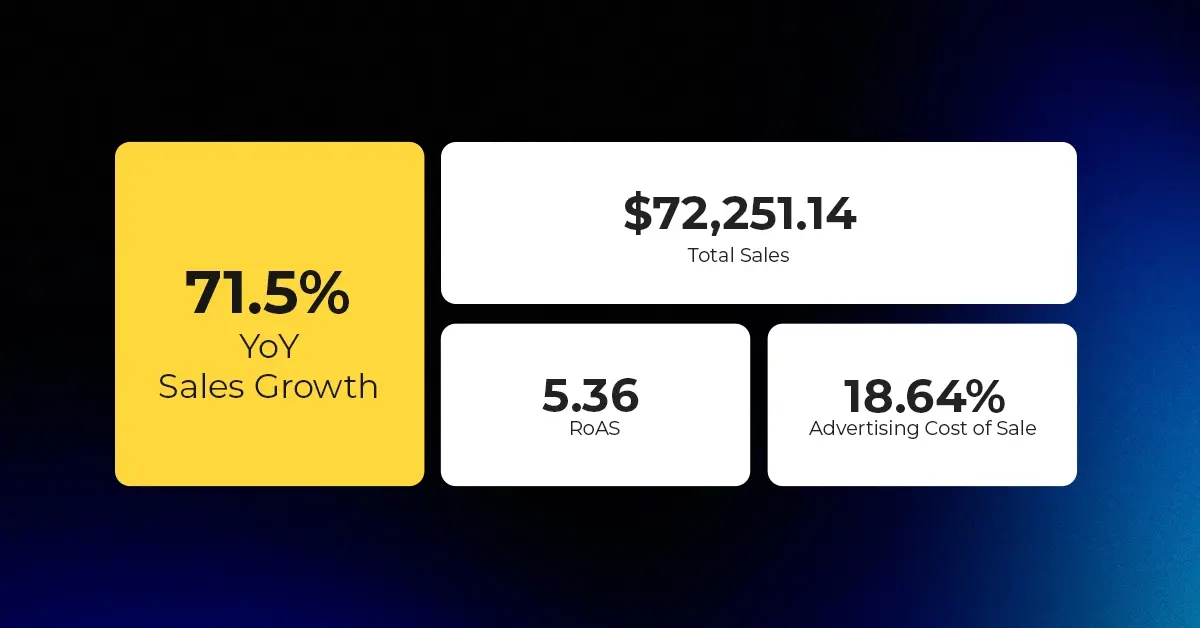
Reading Time: 4 minutesAbout the Client TMRG is a global health and wellness brand with…

Reading Time: 2 minutesAmazon Begins Quarterly Tax Reporting to China: A New Era of Cross-Border…
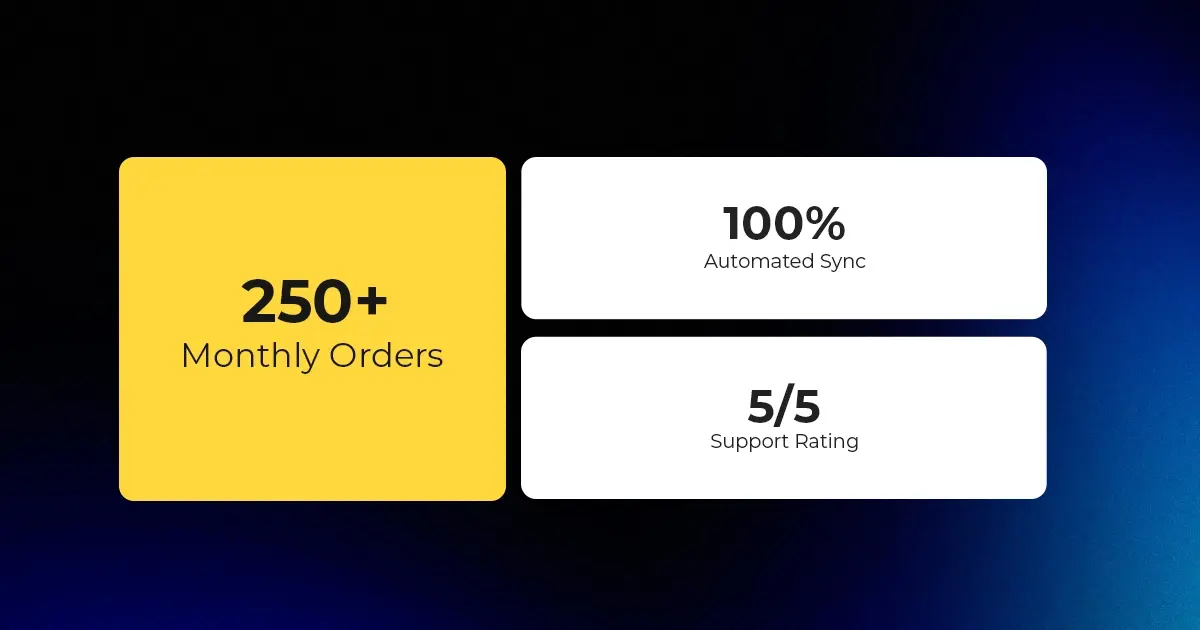
Reading Time: 2 minutesAbout the Brand Name: Stylecraft Industry: Home Décor & Lighting Location: US…
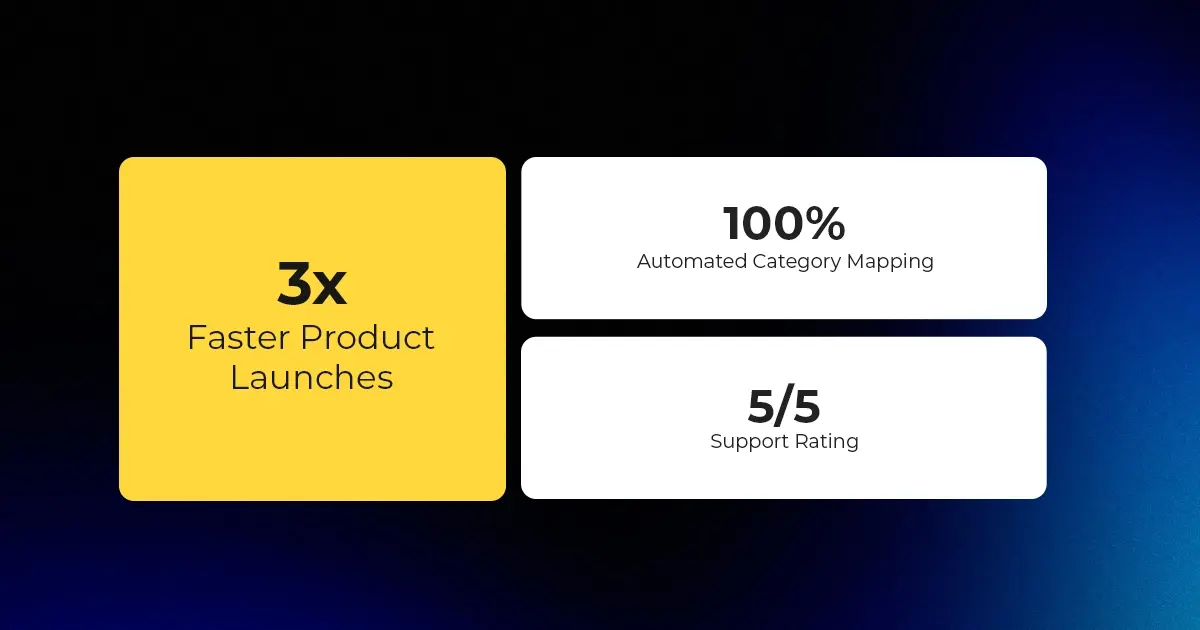
Reading Time: 2 minutesAbout the Brand Name: Flag Agency Industry: Digital Retail & Brand Management…
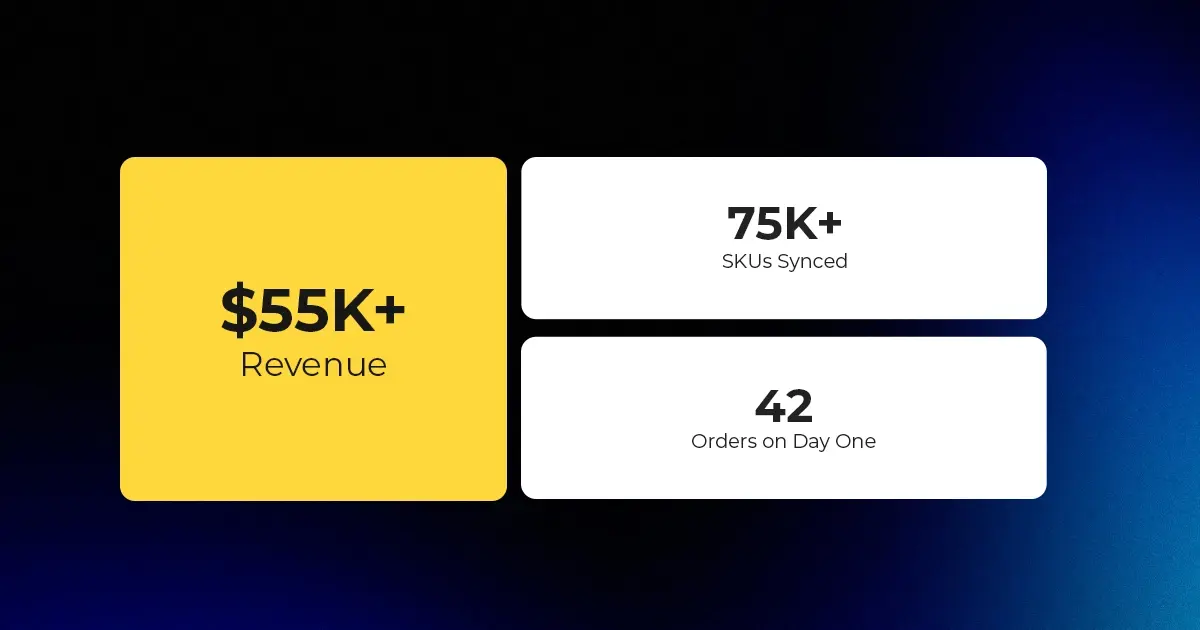
Reading Time: 2 minutesAbout the Brand Name: Stadium Goods Industry: Sneakers, Apparel & Collectibles Location:…
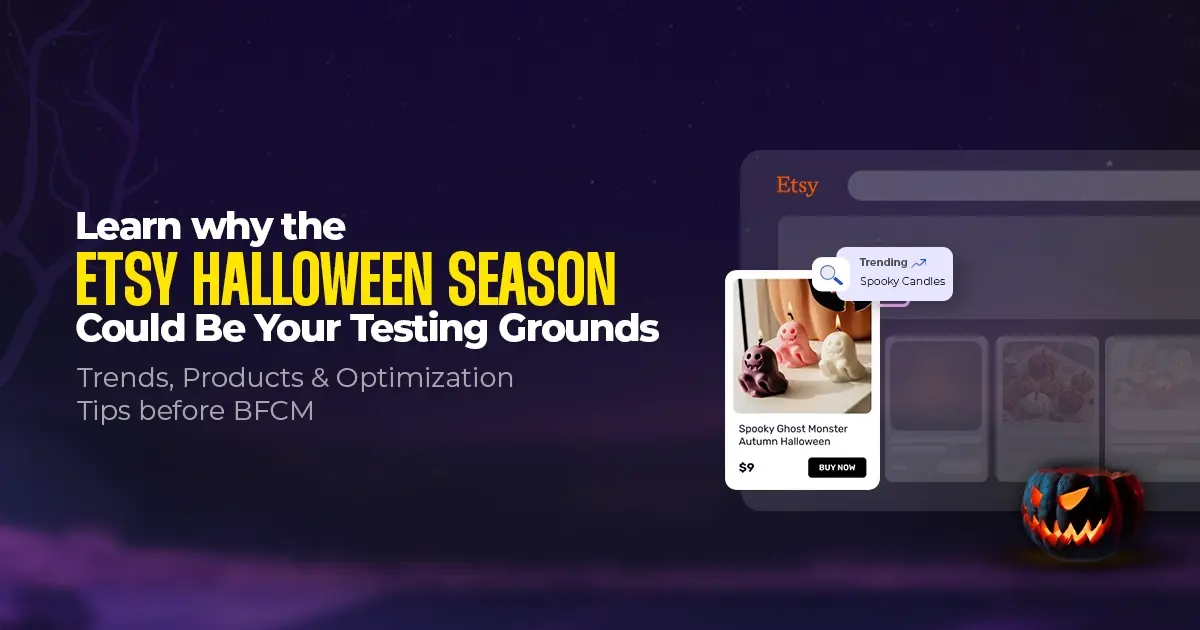
Reading Time: 11 minutesHalloween 2025: The Creative Seller’s Goldmine In the age of viral décor…

Reading Time: 2 minutesOverview AliExpress has launched a new global scheme — the Best Price…

Reading Time: 3 minutesEtsy, Inc. (“Etsy”) today announced two major developments: the appointment of Kruti…

Reading Time: 2 minuteseBay posted a strong performance in Q3 2025, with revenue and gross…